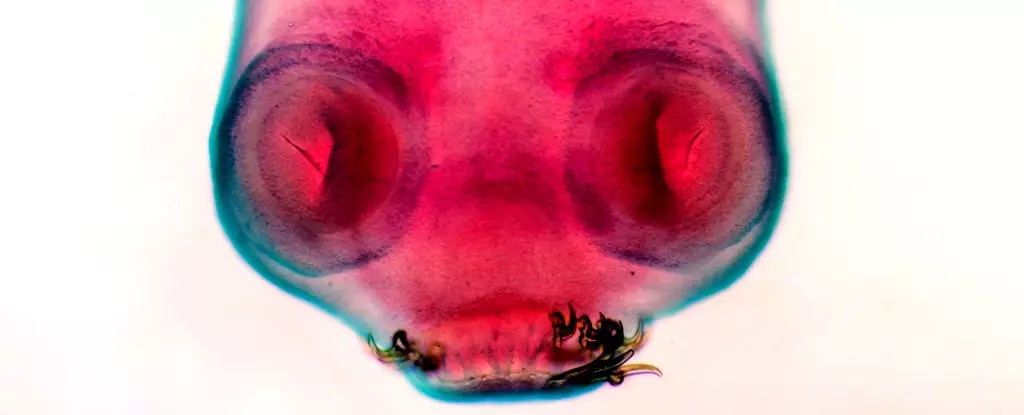One of the latest headlines surrounding independent US presidential candidate Robert F. Kennedy Jr’s health has put a spotlight on a disturbing neurological issue. According to a 2012 deposition reviewed by the New York Times, Kennedy disclosed that a worm had invaded his brain in 2010, “ate a portion of it and then died”. This revelation came after Kennedy had been experiencing cognitive difficulties and was initially misdiagnosed with a brain tumour. It was later discovered that he was suffering from a parasite infection, specifically a pork tapeworm larva lodged in his brain.
The Life Cycle of Taenia Solium
The pork tapeworm, scientifically known as Taenia solium, is primarily found in low-income countries where people live in close proximity to livestock. Regions such as southern Africa, Latin America, and Asia have reported cases of this particular parasitic infection. The tapeworm’s life cycle begins with humans as the main host of mature tapeworms. However, they require other intermediaries to help spread their larvae. Once attached to the human intestinal wall, the tapeworm grows and matures by absorbing nutrients from the gut, developing multiple segments known as “proglottids”. These proglottids eventually become pregnant, as tapeworms are hermaphrodites, and each one can contain thousands of fertile eggs.
The transmission of pork tapeworm larvae to humans often occurs through the consumption of contaminated meat, particularly pork. When pigs ingest vegetation contaminated with human faeces containing tapeworm eggs or larvae, they become the unwitting hosts for the parasite. The larvae then infiltrate the pig’s body tissues, causing cysticercosis – an active infection that affects the muscles, heart, liver, kidneys, lungs, and even the brain. If the infected pig is consumed without proper cooking, the cysticerci can penetrate the human intestinal wall and spread throughout the body, leading to cysticercosis. When the larvae reach the brain, the condition is referred to as neurocysticercosis.
Initially, a person infected with tapeworm larvae may exhibit mild or no symptoms, making the condition challenging to diagnose. Common symptoms include nausea, pain, diarrhoea, and changes in appetite, resembling typical gastrointestinal issues. However, as the larvae invade the brain, potentially life-threatening symptoms can emerge. Neurocysticercosis can lead to the formation of cysts in the brain, affecting brain function and potentially causing seizures or even death. Treatment typically involves antihelminthic drugs like niclosamide and praziquantel, along with anti-inflammatory medication. In severe cases where drug therapy fails, surgery may be necessary to remove the cysts.
Prevention Measures
To prevent the ingestion of tapeworm larvae and the development of neurocysticercosis, simple hygiene practices can be crucial. Maintaining good hand hygiene, washing hands thoroughly after using the toilet or handling raw meat, and ensuring that meat is cooked properly can help reduce the risk of infection. With the gruesome reality of pork tapeworm larva infections highlighted by cases like Robert F. Kennedy Jr’s, awareness and preventive measures become more important than ever.


Leave a Reply